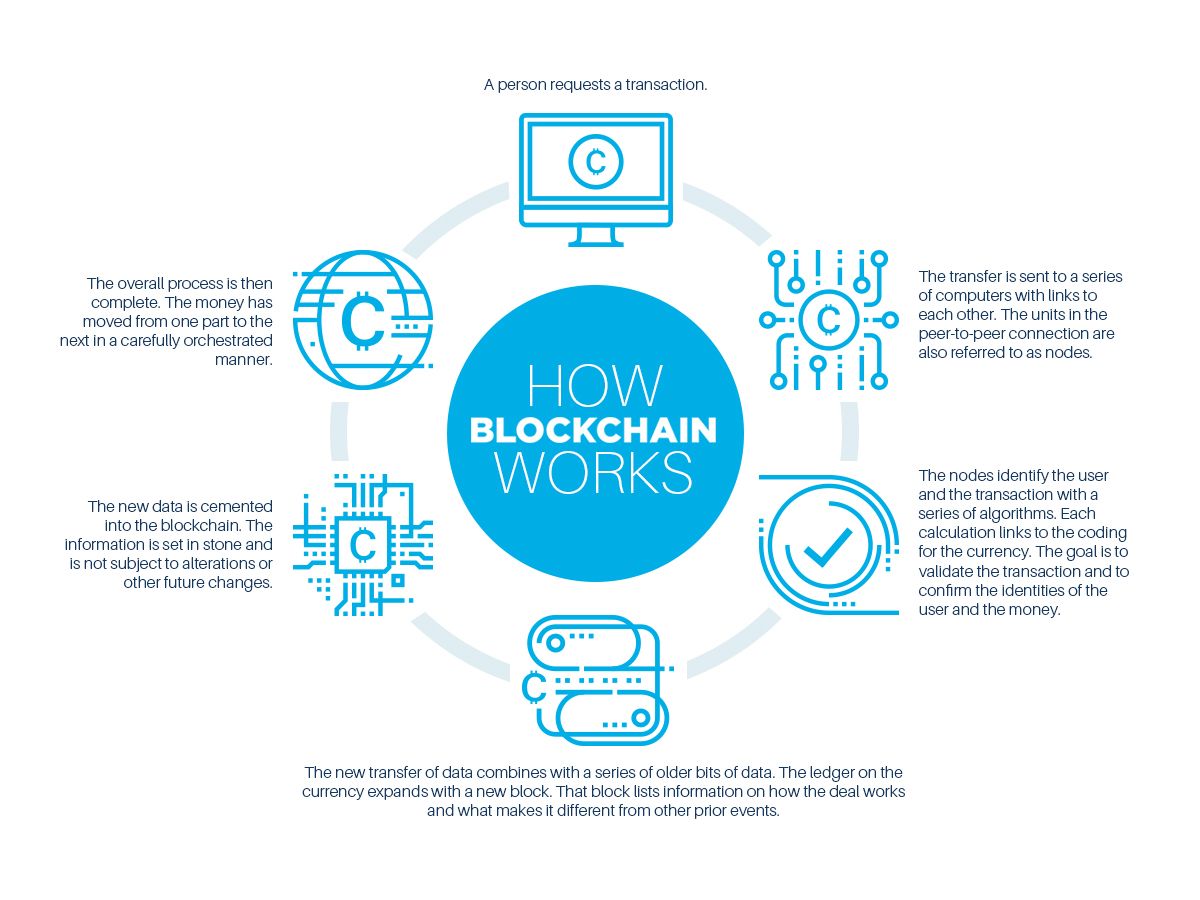-
Products
- SAS - Singalarity Authentication Server & Token Management Server
- TAE - Troubleshooting Analytic Engine
- FSOC - Forensic Security Operations Center
- ST Engineering Data Diode - Secured Data Transfer Gateway
- Rnext - Business Management Platform
- Rnext - QRPay Intra-Gateway
- Rnext - Fintech Solution Platform
- Services
- Industries
- News & Analysis
- Opportunities
- About us
Blockchain and the future of Orders Management System
The blockchain technology ensures both the data's availability and integrity, meaning there is no data center or server to be the target of attackers to shut down the whole network and modifying existing data in the ledger virtually impossible
A blockchain is a distributed ledger, or in other words, a record of events which is constantly updated in real-time and synced between all participants' machines. The blockchain technology ensures both the data's availability and integrity, meaning there is no data center or server to be the target of attackers to shut down the whole network, and modifying existing data in the ledger virtually impossible. In
terms of omnichannel, the mission of any Orders Management System, or
OMS, is keeping track of orders and inventory across the distribution
points. Because, omnichannel is about allowing customers to pay via one
channel and receive their purchase in another, as well as calculating
which distribution points are the most ideal shipping source. Current
Orders Management Systems are centralized, meaning each retailer rely on
one central server to fetch inventory status from all points and do the
calculation. Such centralized systems show their weakness during high
time, cyberattacks and when the hardware or software is obsolete. These are what make an OMS built on the blockchain technology different from a traditional OMS: -
There is no need for a central data center or server, because the
ledger of inventory and orders is stored in each distribution point.
This means there will be no need for maintaining a server running 24/7
or a third party to provide computing and storage service. - If one node (or distribution points) goes down, other nodes can still function normally. - The number of distribution points can be scaled in time without much effort. - Even without a central server, each node can still process business logic through smart contracts. - Data between all nodes are synchronized in real-time. Again, this does not rely on any central data center. Source: IBM.

Share:
RECENT POST
Five things you need to know about API security
19 July 2018
The evolution of E-commerce over the last decade
18 July 2018

